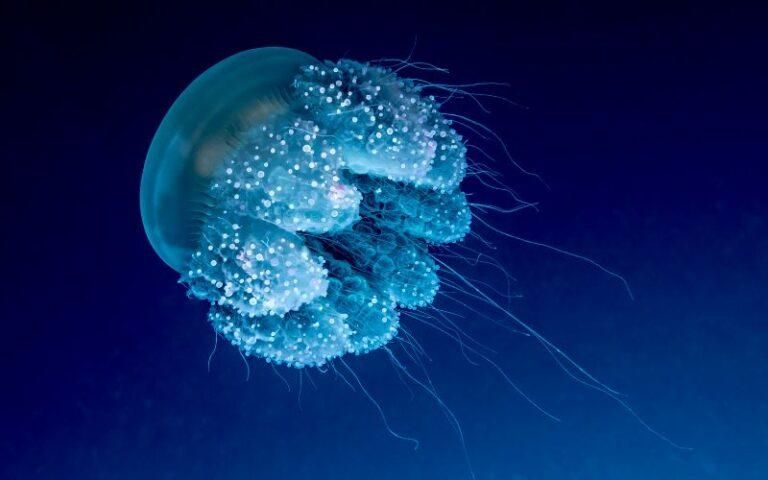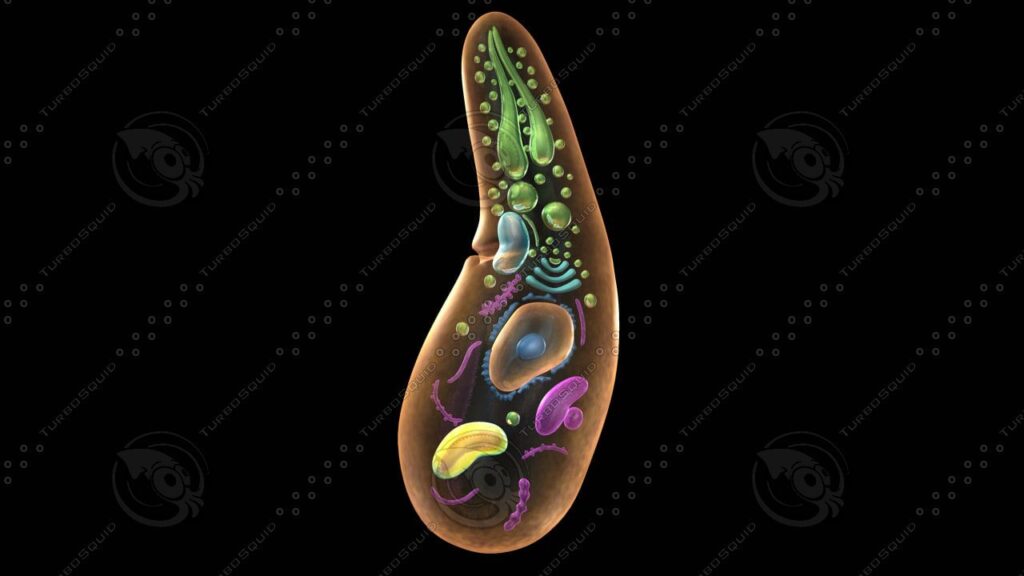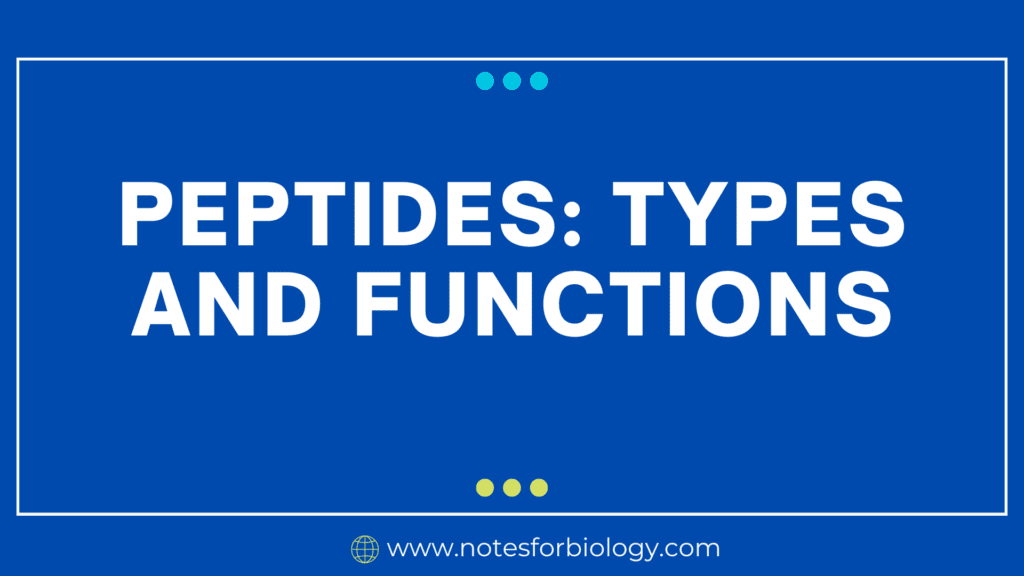Introduction
Protozoa are single-celled, microscopic organisms that belong to the kingdom Protista. They are found in a wide variety of moist environments, including soil, fresh water, and marine habitats. Some protozoa live freely, while others live inside other organisms, sometimes causing diseases. Though they are single-celled, protozoa show many complex life processes similar to those in multicellular organisms.

Table of Contents
General Characteristics of Protozoa
Unicellular and Eukaryotic:
They are made up of just one cell, but this cell is eukaryotic, meaning it contains a well-defined nucleus and organelles like mitochondria and endoplasmic reticulum.
Microscopic:
They are usually too small to be seen without a microscope, ranging in size from 1 micrometer to a few millimeters.
Varied Shapes:
They can have different shapes—some are oval, others are irregular or elongated. Their shapes may change, especially in amoebas.
Locomotion:
Most protozoa can move. They use structures like flagella (long whip-like tails), cilia (tiny hair-like projections), or pseudopodia (false feet made by flowing cytoplasm).
Nutrition:
They are heterotrophs. They feed by ingesting other organisms, organic particles, or decaying material. Some absorb nutrients directly through their cell membrane.
Reproduction:
They can reproduce asexually, mostly by binary fission (splitting into two). Some protozoa also reproduce sexually or show both types of reproduction.
Habitats:
They are mostly aquatic and prefer moist environments. They are found in fresh water, marine water, wet soil, and even inside animal bodies.
Parasitic Forms:
Some protozoas live as parasites inside other organisms, causing diseases like malaria, sleeping sickness, and amoebic dysentery.
Encystment:
In harsh conditions, they form a protective covering called a cyst. This helps them survive without food or water.
Lack of Cell Wall:
Unlike bacteria and plants, they do not have a rigid cell wall, which allows for more flexible movement and feeding.
Classification of Protozoa
Protozoa are traditionally classified into four major groups based on their method of movement. These groups are:
1. Mastigophora (Flagellates)

- Movement: Use one or more flagella for movement.
- Structure: They are oval or elongated and have a flexible body.
- Nutrition: Some are autotrophic (make their own food), while others are heterotrophic.
- Reproduction: Asexual reproduction by binary fission.
- Examples:
- Euglena (can photosynthesize and ingest food)
- Trypanosoma (causes sleeping sickness)
Details: Euglena is an interesting example because it can act like both a plant and an animal. It has chloroplasts to make food using sunlight but can also eat when light is not available. Trypanosoma is a parasite transmitted by the tsetse fly.
2. Sarcodina (Amoeboids)

- Movement: Use pseudopodia (false feet) formed by flowing cytoplasm.
- Structure: Irregular body shape, soft and flexible.
- Nutrition: Heterotrophic, feeding by engulfing food particles (phagocytosis).
- Reproduction: Asexual by binary fission.
- Examples:
- Amoeba proteus (free-living in freshwater)
- Entamoeba histolytica (causes amoebic dysentery)
Details: Amoeba can constantly change its shape to move and catch food. Entamoeba lives in the human intestine and can cause severe illness.
3. Ciliophora (Ciliates)

- Movement: Use cilia for movement and feeding.
- Structure: Complex, with a definite shape, two types of nuclei (macro and micronucleus).
- Nutrition: Heterotrophic, use cilia to sweep food into a mouth-like opening.
- Reproduction: Mostly asexual by binary fission, sexual by conjugation.
- Examples:
- Paramecium (slipper-shaped, free-living)
- Vorticella (bell-shaped, attached to surfaces)
Details: Paramecium is known for its fast and coordinated movement. It has special organelles like contractile vacuoles to manage water inside the cell. Vorticella has a stalk that it uses to anchor itself.
4. Sporozoa (Sporozoans)

- Movement: Generally non-motile (do not move on their own).
- Structure: No locomotory organs in adult stage.
- Nutrition: All are parasitic, absorbing nutrients from their host.
- Reproduction: Both sexual and asexual reproduction; form spores.
- Examples:
- Plasmodium (causes malaria)
- Toxoplasma gondii (causes toxoplasmosis)
Details: Sporozoans have complex life cycles involving more than one host. Plasmodium is carried by female Anopheles mosquitoes and infects human red blood cells, causing fever and chills.
Importance of Protozoa
1. Ecological Role:
They play a vital role in the food chain. They are eaten by small animals and help control bacterial populations.
2. Nutrient Cycling:
They help break down organic matter in soil and water, recycling nutrients.
3. Research Use:
Protozoa like Paramecium and Amoeba are used in biology labs to study basic life functions.
4. Disease Agents:
Some protozoa cause deadly diseases like malaria, sleeping sickness, and dysentery.
5. Indicators of Water Quality:
The presence or absence of certain protozoa in water can show whether the water is clean or polluted.
Differences Between Protozoa and Other Microbes
| Feature | Protozoa | Bacteria | Fungi |
|---|---|---|---|
| Cell Type | Eukaryotic | Prokaryotic | Eukaryotic |
| Cell Wall | Absent | Present (peptidoglycan) | Present (chitin) |
| Nucleus | Present | Absent | Present |
| Size | Larger | Smaller | Varies |
| Reproduction | Mostly asexual | Asexual or binary fission | Asexual/Sexual |
Conclusion
Phylum Protozoa includes a wide variety of microscopic, single-celled organisms that are important both in nature and in human health. They can move, eat, reproduce, and survive in many environments. While many are harmless or even helpful, some protozoa can cause serious diseases. Understanding protozoa helps us appreciate the complexity of even the smallest forms of life and their role in our world.
FREQUENTLY ASKED QUESTIONS
What is protozoa ?
Protozoa are tiny, single-celled living organisms that belong to the kingdom Protista. They are microscopic, eukaryotic (meaning they have a true nucleus), and usually live in water or moist environments like ponds, soil, or inside animals.
Is plasmodium a protozoa ?
Yes, Plasmodium is a protozoa.
It is a microscopic, single-celled, eukaryotic parasite that belongs to the phylum Protozoa and the class Sporozoa (or Apicomplexa). Plasmodium causes malaria in humans and is transmitted by the bite of an infected female Anopheles mosquito. It does not move by itself and has a complex life cycle, part of which happens in humans and part in mosquitoes.
Which protozoa causes malaria ?
Malaria is caused by protozoa of the genus Plasmodium, which are transmitted to humans through the bite of an infected female Anopheles mosquito.
Related Articles




